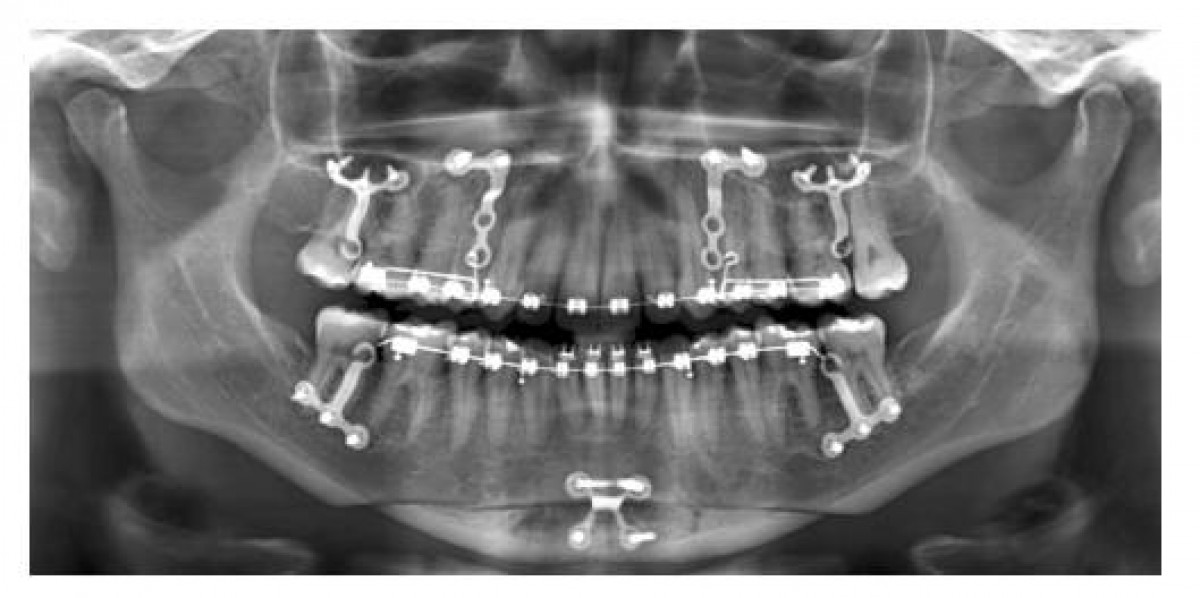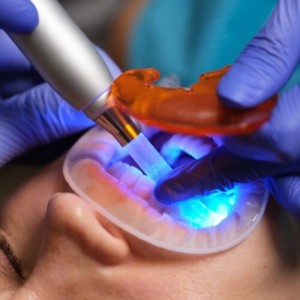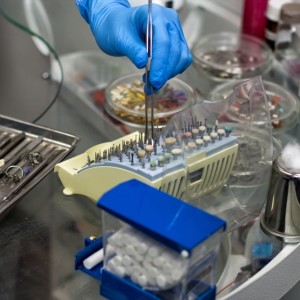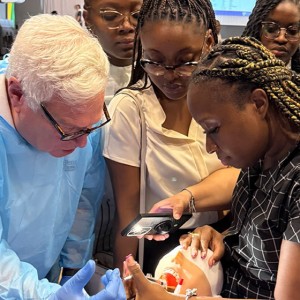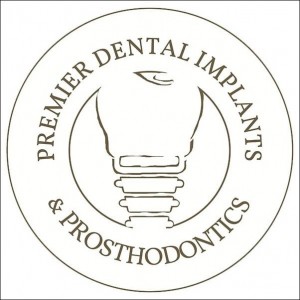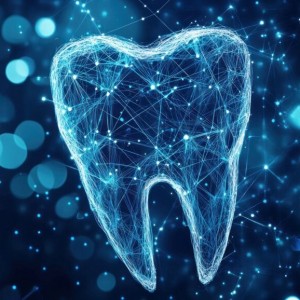
Are temporary anchorage devices truly effective in the treatment of skeletal open bites?
Davide Elsido
Open bite is considered as a deviation in the vertical relationship of the maxillary and mandibular dental arches, characterized by a lack of contact between opposing segments of teeth. Open bite develops because of interaction of many etiologic factors, both hereditary and environmental in nature.
Treatment of skeletal open bite is regarded as one of the most complicated and challenging treatments in the orthodontic specialty. Control of the vertical dimension and the height of the posterior dentoalveolar regions is considered the most important factor in successfully treating patients with skeletal open bite and hyperdivergency. For the correction of anterior open bite with a steep mandible and excessive molar height, intrusion of the posterior teeth is generally the best option. However, intrusion of the molar teeth is quite difficult to obtain with traditional mechanics.
In recent years, temporary anchorage devices (TADs) have been increasingly used for skeletal open bite patients because they provide absolute molar intrusion, which used to be impossible with traditional orthodontic mechanics combined with intra- or extra-oral anchorage. Moreover, with the use of TADs, the vertical correction of the posterior dentoalveolar region without unfavorable side effects has become possible. The infrazygomatic crest has been used successfully to provide skeletal anchorage for the intrusion of the maxillary posterior teeth.
In a recent issue of European Journal of Dentistry an article was published about a clinical study to evaluate the effects of temporary anchorage devices (TADs) in the treatment of skeletal open bites and to compare the results with untreated controls.
A total of forty patients with skeletal anterior open bites were assigned to two groups of twenty each. The mean chronological age for the treatment group (14 female, 6 male) was 16.68 ± 2.80 years old, compared with 16.63 ± 2.83 years old for the control group (11 female, 9 male). Titanium miniplates fixed bilaterally to the infrazygomatic crest area were used as TADs and intrusive forces were applied to the posterior teeth with Ni-Ti coil springs. In the study, the appliance and the mechanics successfully intruded the upper molars.
They attained 3.59 mm of true molar intrusion. This amount of intrusion, to a large extent, was obtained by buccal intrusive forces. After intrusion of the molars, autorotation of the mandible has been reported by several authors. This result was also true for this study because intrusion of the maxillary molars caused a significant anterior rotation of the mandible. The mandibular plane closed by an average of 2.25°, resulting in 3 mm of upward and forward movement of the chin.
TADs have opened up a new era in the management of severe dentofacial deformities, in which surgery had been the only option. With the successful intrusion of the maxillary molars, the mandible automatically rotates anteriorly, resulting in open-bite closure. To sum up, mild to moderate skeletal anterior open bites could easily be treated with TADs without orthognathic surgery. With the rigid anchorage of miniplates, true molar intrusion of up to 4 mm was achieved. With molar intrusion, anterior rotation of the mandible and a significant reduction in anterior face height were determined.
For additional informations: Are temporary anchorage devices truly effective in the treatment of skeletal open bites?
 Related articles
Related articles
Orthodontics 12 November 2025
Effectiveness of dental monitoring system in orthodontics: A systematic review
Dental monitoring (DM) constitutes a recent technological advance for the remote monitoring of patients undergoing an orthodontic therapy.
Orthodontics 08 October 2025
The field of orthodontics in its new era is venturing ahead to more up-to-date technological point of view.
Orthodontics 25 August 2025
Orthodontics 25 June 2025
Clinical application of magnets in orthodontics and biological implications: a review
Over the last decade magnets have been used in orthodontic and dentofacial orthopaedics and attempts have been made to evaluate the biological implications of magnets and magnetic fields during...
Orthodontics 10 June 2025
It has long been claimed that presurgical orthodontics is crucial to the outcome of surgical-orthodontic treatment for dentofacial deformity
 Read more
Read more
Periodontology 14 November 2025
This study was carried out to assess the oral hygiene awareness and practices amongst patients visiting the Department of Periodontology at Gian Sagar Dental College and Hospital, Ramnagar (Patiala).
Editorials 14 November 2025
Penn Dental Medicine shared its expertise in caring for persons with disabilities with dental care providers from throughout Jamaica at a 1 ½ -day hands-on continuing education program, held October...
News 14 November 2025
Dr. Thomas M. Paumier, a dentist in Canton, Ohio, is the new President-Elect of the American Dental Association (ADA). Dr. Paumier was elected at the ADA House of Delegates meeting in Washington,...
News 14 November 2025
Premier Dental Implants & Prosthodontics is proud to announce the opening of its newly renovated dental office and the launch of its new website
News 14 November 2025
Henry Schein One and AWS Collaborate to Transform Global Dentistry with Generative AI
Industry leaders join forces to bring advanced AI capabilities to dental technology platforms — redefining patient care, clinical efficiency, and practice performance worldwide


